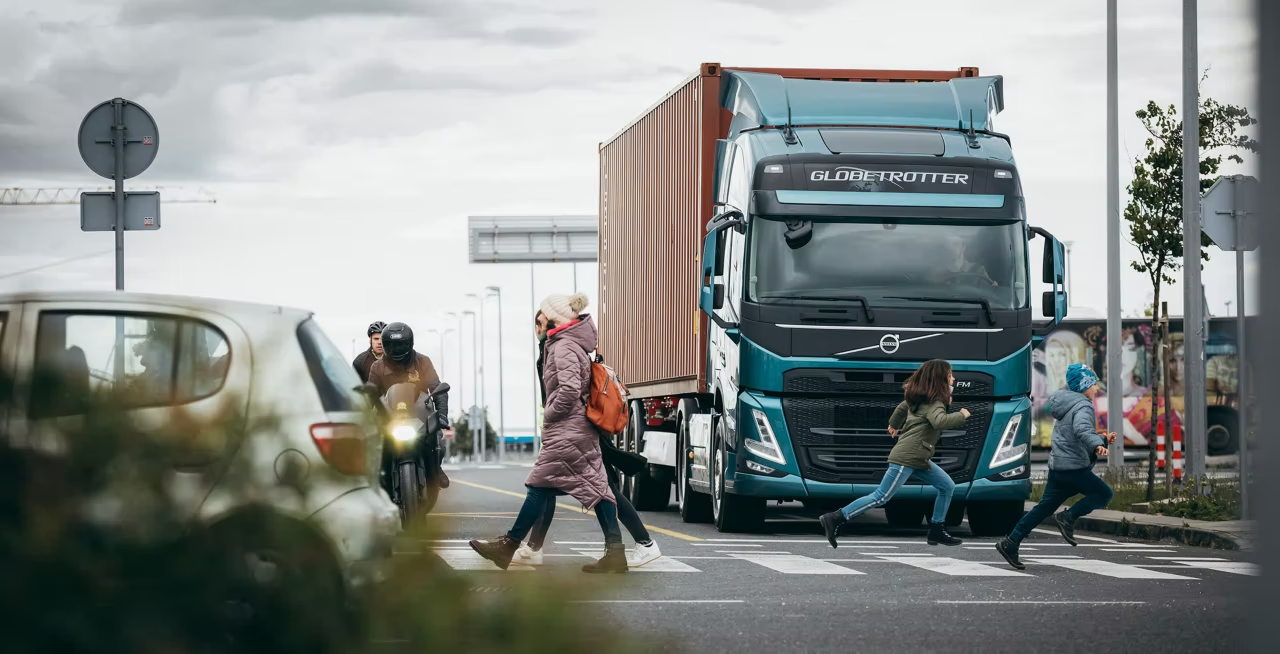How to get your driver’s license in Belgium?The EuroVignette Directive, a cornerstone of Europe’s road tolling system, is undergoing significant reforms to align with the EU’s climate goals. These changes, effective from 2025, introduce emission-based tolls for heavy-duty vehicles (HDVs) and extend exemptions for zero-emission trucks. This article explores these updates, their implications for the transport industry, and answers key questions about the evolving toll landscape.Shell+3Volvo Trucks+3Trans.INFO+3
What Is the EuroVignette Directive?
The EuroVignette Directive (Directive 1999/62/EC) establishes a framework for road charging in the EU, primarily targeting trucks over 3.5 tonnes. It aims to harmonize toll systems across member states and promote fair competition. Historically, tolls were based on time (vignettes) or distance traveled. However, recent amendments are shifting towards emission-based tolling to incentivize cleaner transportation.Volvo Trucks+2Trans.INFO+2
Key Changes in 2025
1. Introduction of Emission-Based Tolling
Starting in 2025, EU member states are required to implement distance-based tolls that consider the CO₂ emissions of HDVs. This move aims to internalize the environmental costs associated with road transport. For instance, Germany’s MAUT system has already begun categorizing trucks into five emission classes, with charges varying accordingly. Volvo Trucks
2. Extended Toll Exemptions for Zero-Emission Vehicles
To accelerate the adoption of zero-emission trucks, the European Commission has proposed extending the current toll exemption period from December 31, 2025, to June 30, 2031. This proposal is part of the EU’s Industrial Action Plan and aims to support the competitiveness of sustainable road transport. Marklines+6electrive.com+6Mobility and Transport+6Shell+5Sustainable Bus+5Mobility and Transport+5
3. Alignment with EU CO₂ Emission Standards
The toll reforms align with the EU’s CO₂ emission performance standards for new heavy-duty vehicles, targeting a 43% reduction in emissions by 2030 compared to 2019 levels. This synchronization ensures that toll policies support broader environmental objectives. Trans.INFO+3Mobility and Transport+3ESC+3
Implications for the Transport Industry
Financial Impact
Operators of older, more polluting trucks may face higher tolls, increasing operational costs. Conversely, investing in newer, cleaner vehicles can lead to reduced toll expenses and potential savings in fuel consumption.
Strategic Planning
Transport companies should assess their fleets’ emission profiles and consider transitioning to zero-emission vehicles. The extended toll exemptions provide a financial incentive to make this shift.Practical Law+7Trans.INFO+7electrive.com+7Marklines+2electrive.com+2
Regulatory Compliance
Staying informed about national implementations of the EuroVignette Directive is crucial. Each member state may have specific regulations and timelines, requiring tailored compliance strategies.Mobility and Transport
How to Get Your Driver’s License in Belgium?
If you’re planning to operate a vehicle in Belgium, obtaining a Belgian driver’s license is essential. The process involves several steps, including:
- Residency Requirement: You must be a resident of Belgium.
- Theoretical Exam: Pass a written test covering traffic laws and road signs.
- Practical Driving Test: Demonstrate your driving skills in real traffic conditions.
- Medical Examination: Ensure you meet the health standards required for driving.Trans.INFO
For detailed guidance on the application process, visit European Drivers License.
Conclusion
The EuroVignette Directive’s shift towards emission-based tolling marks a significant step in the EU’s efforts to reduce transport-related CO₂ emissions. By 2025, these changes will reshape the toll landscape, offering both challenges and opportunities for the transport industry. Operators should stay informed and adapt to these developments to remain competitive and compliant.ptvlogistics.com+4Mobility and Transport+4ESC+4


